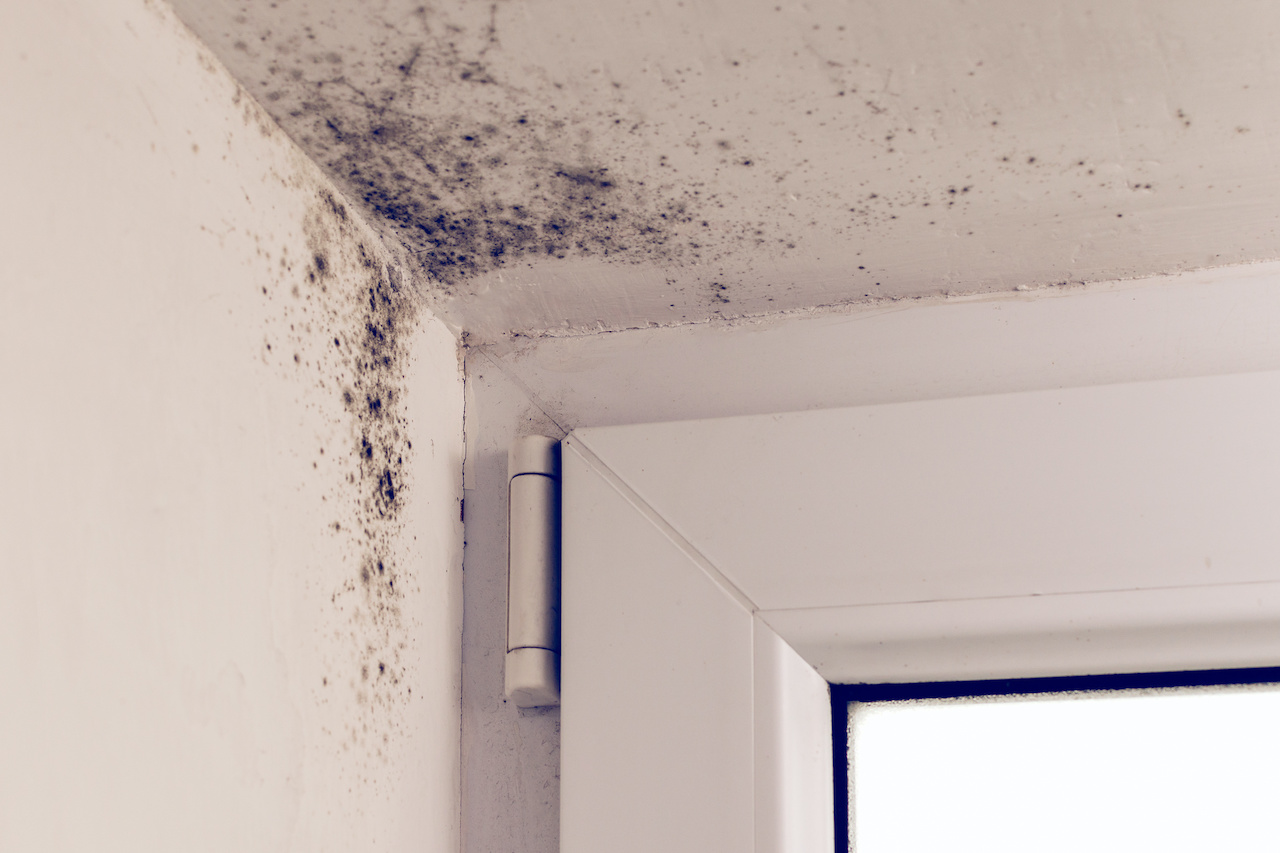1. What is Mold?
Mold is a type of fungus that grows both inside our homes and in the great outdoors. It’s a natural part of any environment and you’ll always find some levels of mold either in or around your home.
2. How Many Types of Mold Exist?
Estimates vary greatly depending on who we ask. There might be as many as 300,000 different types of mold worldwide, including species we are yet to discover.
3. How Do We Recognize Mold?
The first indicator is mold’s distinctive musty smell. Mold spores get released in the air even when the mold is in its “infancy”, so the minute we take a whiff of it, we’ll know that it’s there.
The second major indicator of mold are stains on walls, furniture, insulation and ceilings. Any type of discoloration can point to mold growth, from light green to dark purple.
4. What Does Mold Exposure Do to the Human Body?
Some have a direct physical effect from the presence of mold, for others it can be a nasty smell. However, people with allergies can have various issues, including runny noses, itching, sneezing, headaches, and coughs. Long-term exposure to mold has been linked to other conditions as well, such as depression, anxiety, insomnia, trouble breathing and both short-term and long-term memory loss.
5. Can We Paint Over Mold and Solve the Problem?
No. Mold will continue to grow even with paint plastered all over it. In addition, some strains of mold actually feed off most household paints, so we would only be adding to the problem instead of solving it.
6. Why Should Mold Concern the Homeowner?
There are several reasons why mold should be the #1 issue all homeowners should remedy as quickly as possible. First off, as stated above, mold can cause health problems if the homeowners or their family members suffer from allergies and other conditions. In addition, long-term exposure can also affect people who have no allergies to fungi. Finally, constant mold growth and the musty smell can seriously affect a home’s property value and decrease its curb appeal.
7. Where Does Mold Usually Grow?
Mold prefers damp, cold, and dark areas with lots of moisture. In nature, it usually grows in the grass, mulch, compost, as well as on leaves and wood. It’s an important part of our ecosystem, so we can locate it pretty much anywhere outdoors.
Inside of the home, mold will most likely grow in attics, crawlspaces, and basements. We might also find it on various surfaces such as wood, carpet, paper, cardboard, and insulation. Mold tends to grow a lot faster than normal when there’s lots of water, i.e, in places around the house with water leaks and broken pipes.
8. Can We Solve the Mold Problem Ourselves?
Lots of people try a DIY solution they find online in order to get rid of mold. However, more than 90% of the time they will end up making the problem worse. That’s why it’s always a good idea to call a proper mold removal company.
9. How Can We Help?
We here at Mold Solutions have years of experience when it comes to inspecting, remediating, and preventing mold. If you require an all-around mold removal service done by the book, contact us today to get a free estimate.








